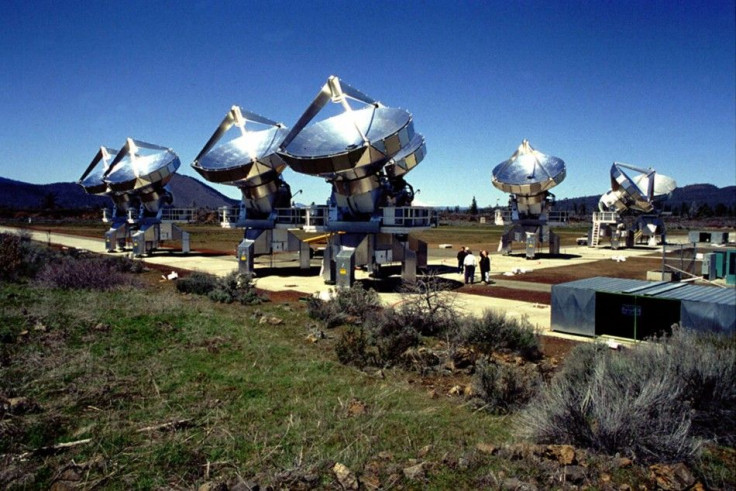No Contact with Aliens Yet but Hope is Still Alive, Says White House

U.S. residents convinced that the government continues to hide evidence of extraterrestrial life got an official response: No aliens here.
Residents started a petition in September that accused the U.S. government of hiding information about contact with alien life. In response, Phil Larson, who works on space policy and communications at the White House Office of Science and Technology Policy, denied any information about contact with aliens. Larson also denied the White House had covered up information about life beyond Earth from the public's eye.
"The U.S. government has no evidence that any life exists outside our planet, or that an extraterrestrial presence has contacted or engaged any member of the human race," Larson wrote in an undated blog post, titled "Searching for ET, But No Evidence Yet".
"However, that doesn't mean the subject of life outside our planet isn't being discussed or explored," he added.
According to Larson, a number of projects are working on "understanding if life can or does exist off Earth." He shared a few examples.
SETI - Search for ExtraTerrestrial Intelligence (SETI) points to an array of ground-based telescopes listening for any signals, from deep space, from another world. Originally, NASA funded the effort, but private investors now endow the project.
Kepler - A NASA spacecraft in Earth's orbit, Kepler's main purpose is to look for Earth-like planets. "Such a planet would be located in the "Goldilocks" zone of a distant solar system-not too hot and not too cold-and could potentially be habitable by life as we know it," Larson wrote.
Mars Science Laboratory, Curiosity - This is an automobile-sized rover that NASA is due to launch. The laboratory onboard the rover will examine rocks, soils and other geology, in an effort to detect chemical building blocks of life on Mars. It will also evaluate what the Martian environment was like in the past to see whether it could have harbored life.
Researchers take the notion of finding alien life seriously. On Thursday, two astronomers suggested a new tactic for the quest for intelligent life: look for lights from alien cities.
"Looking for alien cities would be a long shot, but wouldn't require extra resources. And if we succeed, it would change our perception of our place in the universe," said Avi Loeb, an astronomer with the Harvard-Smithsonian Center for Astrophysics. Edwin Turner, astronomer at Princeton University joined Loeb in a paper published Thursday in the journal Astrobiology.
"It's very unlikely that there are alien cities on the edge of our solar system, but the principle of science is to find a method to check," Turner said. "Before Galileo, it was conventional wisdom that heavier objects fall faster than light objects, but he tested the belief and found they actually fall at the same rate."
The Petitions
Larson was also responding to two petitions filed by UFO enthusiasts. Signed by 5,387 people, the first petition appealed to the government to reveal any knowledge of or communication with alien life.
Over 12,000 people signed a second petition that asked the White House to acknowledge formally an extraterrestrial presence engaging the human race. The petition also stated that "hundreds of military and government agency witnesses have come forward with testimony confirming this extraterrestrial presence."
The notion isn't on the fringe anymore. More than half of Americans surveyed said they believe in the presence of extraterrestrials, while more than 80 percent surveyed said that the government is hiding the truth about ETs.
Although many scientists believe it is possible that there is life somewhere else in the universe, the chance of "making contact with any of them-especially any intelligent ones-are extremely small, given the distances involved," Larson said.
© Copyright IBTimes 2025. All rights reserved.






















